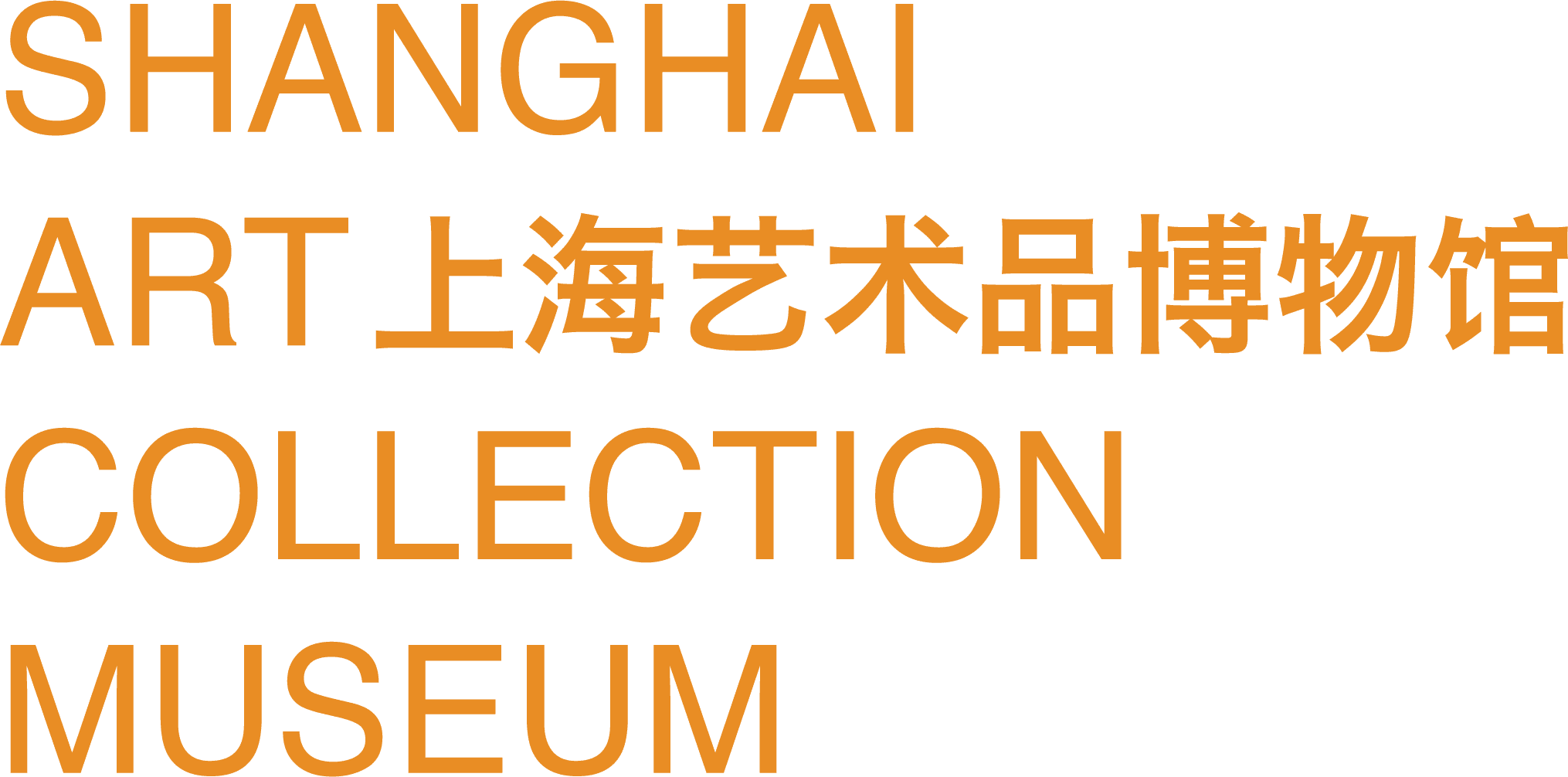Hu Muqing: The Logic of the Art Market
By Qiu Wei, Edited by Chen Feilin
Art collecting is an industry where cultural value and market value run side by side. Hu Muqing, Director of the Board of the Shanghai Art Museum of Gifts, jokes that "the waters of this field are deep—truly vast and profound." Speaking of the gains and losses of art collecting, he notes that collectors must progress from "taking medicine" (a slang term for being duped) to achieving both artistic and economic rewards, which requires long-term, dedicated study. The art market, he says, is a classic example of "cultivating the person before conducting the business."
Collections: Preserving Artistic Value
Hu Muqing wears many hats: Director of the Shanghai Art Museum of Gifts' Board of Directors, Director of the Shanghai Creative Product Development Center, and more. He has devoted years to studying the art market, with particularly deep insights into the field of arts and crafts. This has given him a distinctive perspective on art derivatives and the broader cultural and creative industries. Invited many times by art institutions and government agencies in Korea, Japan, and Europe, Hu has participated in art exchanges, forums, and lectures, and has visited more than a hundred museums and art galleries worldwide.
"An art museum is a platform for communication with entrepreneurs and the public. Such a platform promotes art and artists, transmitting artistic value through exhibitions and services," he explains. "In terms of aesthetics, the beauty of crafts is universal. Through craftsmanship and raw materials, people can immediately appreciate the exquisite artistry. A master’s work embodies a unique and irreplaceable spirit."
Years of experience and collecting have given the Shanghai Art Museum of Gifts a trove of treasures, such as: the sample of the Duanxi Drum Inkstone presented by President Hu Jintao to Japanese Prime Minister Yasuo Fukuda as a state gift; a Qing-dynasty annotated edition of Selected Literature by Prince Chengzhe; Liang Qichao's calligraphy masterpiece Copy of the Zhang Qian Stele; the original design drawings of the National Emblem of the People's Republic of China by Lin Huiyin; Liang Sicheng's manuscript History of Chinese Sculpture; and a fan painting by Chen Shizeng presented to Xu Zhimo. Many of these are unique in China and some are of national-treasure level, making the museum the country’s first institution to specialize in art gifts as its core collection.
The Market: Moral Standards First
As for China's current art market, Hu believes the greatest need is for a healthy operating mechanism—something that cannot rely solely on regulations but must be underpinned by personal moral standards. For example, he notes that when Chinese collectors participate in overseas art auctions, they are now often required to pay a deposit in advance because in the past some bidders failed to honor their purchases, violating the rules of international transactions.
